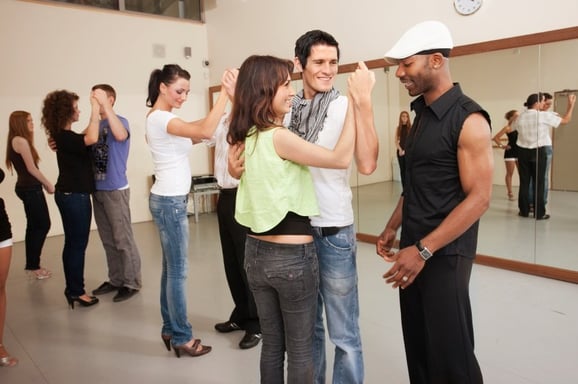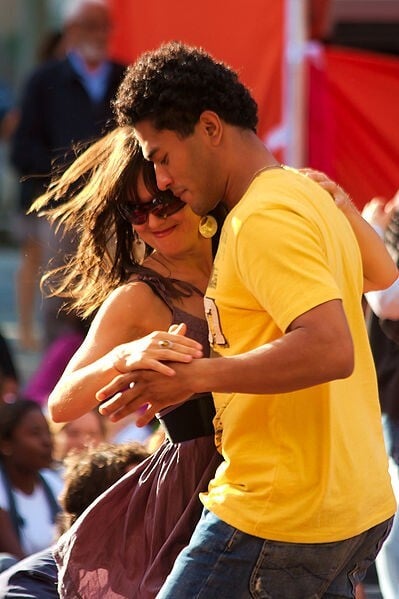
If there's one thing that people around the world agree on, it's that being happy beats being miserable. But what exactly makes us happy? That's something that hasn't been crystal-clear over the ages, which has allowed others to decide for us that a certain luxury sedan or a 55-inch flat screen will do the job. It's also led to the habit of shortcut happiness through default pleasures—double fudge chocolate, "Grand Theft Auto"—that obscures the real deal.
Social psychologists have decoded much of the puzzle of subjective well-being over the last two decades, showing that the external metrics assumed to be the route to happiness can't deliver the goods. There's a momentary bump from toys, money or a promotion, and then it's gone, because these outer symbols are based on what others think. What works is the secret agent of happiness—the subtler art of internal gratification, and understanding it is a key piece of work-life balance.
PLEASURE VS. GRATIFICATION
We usually don't have time or patience for that. The reflex for positive mood states tends to gravitate to quick-fixes, the sensory and momentary delights that University of Pennsylvania's Martin Seligman calls "pleasures." The impulse is to make a beeline for that hunk of Swiss chocolate or boost the adrenaline with a cinematic nail-biter. You feel good briefly but it doesn't fill you up.
There's a big difference of opinion between the body's idea of happiness and that of the mind. Pleasures are fun, but they're cotton candy for your brain, which has a higher threshold for satisfaction and demands a more engaged version of happiness, what Seligman calls "gratifications."
The eye candy and bodily sensations of pleasure mode require little in the way of participation or thinking, so their effect on well-being is ephemeral. "Once the external stimulus is gone, the positive emotion sinks beneath the wave of ongoing emotion without a trace," Seligman has written.
Since pleasures are easy and what's drilled into us, they can wind up the only strategy for happiness, leaving us always wanting more. It's the "Is that all there is?" syndrome. They keep you chasing the next momentary hit while doing nothing to fill the void that fuels the chase.
It takes effort for the more lasting form of well-being, the gratifications, something I detail in my book on the power of participant experiences, Don't Miss Your Life.
HIGHER HAPPINESS
Satisfaction and fulfillment are not drive-thru affairs. These higher forms of happiness require challenging and involving activity. That's hard to fathom given the human default to what's easy. It seems that more and more comfort is the mission of life, but your brain neurons say no. They don't like terminal boredom. They want engagement, something required by our core psychological needs, say researchers.
What kind of gratifications can satisfy those needs over the long term? The research points to experiences that allow you to be absorbed and fully engaged, that let you feel you're freely choosing things, that make you feel competent and allow you to learn and grow, and that connect you with others through close relationships, social activities and service to others.
Active hobbies, learning new things, recreational pursuits and volunteering are primo gratifications, satisfying your core as few other things can through challenge and growth. Participant activities, from dancing to aikido to painting, deliver experiences that stick with you through the competence and relationships they build and the joy that lingers in indelible memories.
Unlike fleeting pleasures, gratifications are expansive events, giving your brain the forward movement it craves. "You're constantly learning," says Werner Haas, a chemist from San Jose who gets his gratification from two activities that are a world apart—orienteering and ballroom dancing.
THE SEEKING MINDSET
Another way to look at gratifications is that they come from a seeking mind-set, as opposed to the escapist mode typical of pleasures, as the University of Maryland's Seppo Iso-Ahola puts it.
Recreation seekers, who are driven by personal and interpersonal goals, are less bored, more fulfilled, and healthier than people fueled by the escapist motive, says Iso-Ahola. Spend too long in escapist mode and you become dependent on the entertainment served up until you don't know how to occupy yourself off the clock anymore.
You can find more gratifications if you manage attention better. The reflex to divert attention to phones and distractions in a free moment undercuts the engagement your brain wants.
Try to become aware when you have the impulse to shift attention to a distraction. Instead, think about what you can focus on before grabbing the remote, phone or the Skittles. Ask yourself: What can I learn? What can I try? What can I experience? Where can I discover something?
We don't put much thought into our free time, which we're led to believe doesn't have much value. Without planning or engagement skills, it leaves things up to autopilot escapes and pleasures.
We can opt out of that mode, though, by exercising choices we're not told we have—to go with the gratifications and the seeking mind-set, a prerequisite to finding things, such as satisfaction and missing lives.
If you would like to learn more, click the button below for info on my life balance keynotes, trainings, and coaching.





